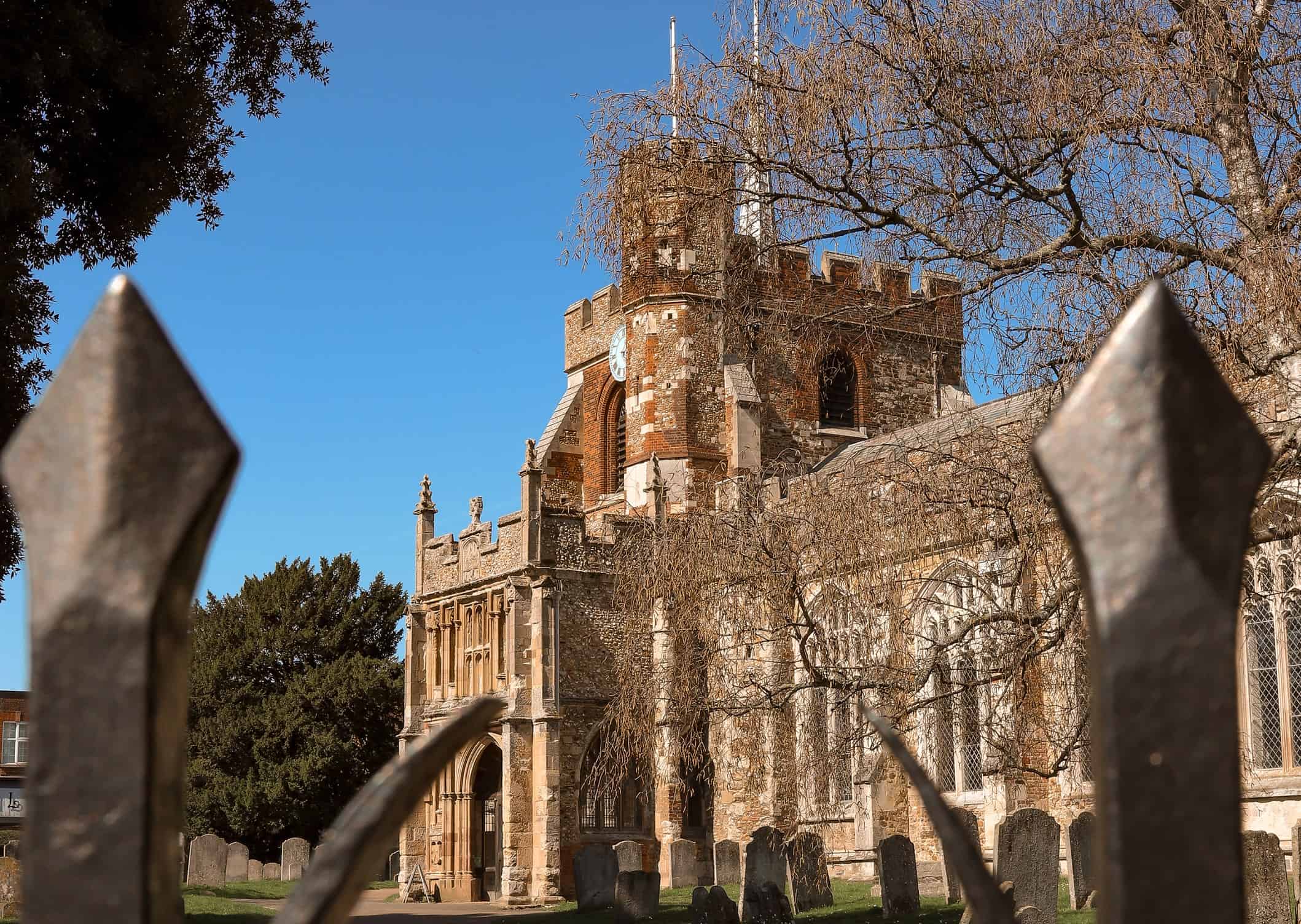Documentary records begin with the Tribal Hidage, a kind of Saxon Domesday Book, dating from as early at the 7th century. This lists the Hicce tribe from which the Town and its river take their name.
King Offa of Mercia founded a religious house here in 792 on the site now occupied by St. Mary’s Church.
In the Domesday Book of 1086, Hitchin is shown as a possession of the Crown. It has retained strong royal links ever since, although the Town did side with Cromwell in the English Civil War. The late Queen Mother was born in nearby St. Paul’s Walden.
And now we come to the Town’s defining feature, its market. Hitchin’s market has no charter and therefore is thought to pre‑date the time when monarchs granted them as a way to regulate trade and levy taxes. This would mean it began before the end of the 12th century.
Towns which grew up around markets as the centre of trade, employment and society and which retain a wealth of architectural styles are known as market towns and you will find many examples around the country. Each has certain common features and yet each is entirely unique.
Hitchin certainly has a rich and fascinating history and character all its own. For centuries it had a primarily agrarian economy, the wool trade being a particularly profitable one. However, it has played a notable part in a number of industries.
The arrival of the Great Northern Railway in 1850 was a great boost to trade and saw a rapid expansion of the town’s population which doubled from around 6,000 in the 1840s to over 12,000 at the time of the First World War.
Hitchin has also played an important role in the history of education and can boast of a good number of famous and influential residents.

